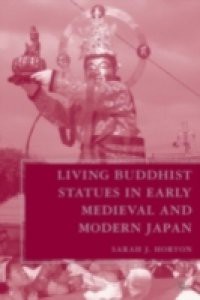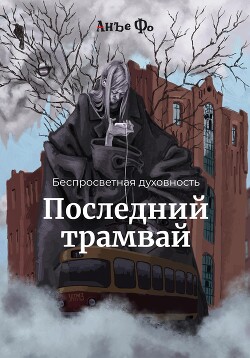Large numbers of Buddhist believers regarded Buddhist statues in surprising ways in late- tenth and early eleventh century Japan. Examination of such questions of functionality contributes to a broader view of Buddhist practice at a time when Buddhism was rapidly spreading among many levels of Japanese society. This book focuses particularly on the function of the following types of images: ?secret Buddhas? (hibutsu), which are rarely if ever displayed; Buddhas who exchange bodies with sufferers (migawari butsu); and masks of bodhisattvas used in a ritual called mukaeko. Primary sources for these topics include collections of popular tales (setsuwa), poetry, ritual texts, and temple histories (engi).



















